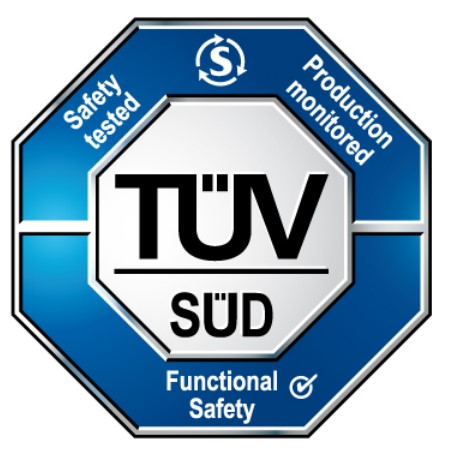ISO 26262 Road Vehicles - Functional Safety
ISO 26262 is an international standard for functional safety of road vehicles. This standard is an adaptation of the Functional Safety standard IEC 61508 for Automotive Electric/Electronic Systems. ISO 26262 provides a safety lifecycle, supports tailoring the necessary activities during these lifecycle phases. It provides an automotive-specific risk-based approach for determining risk classes (Automotive Safety Integrity Levels, ASIL) and uses them for specifying the necessary safety requirements for achieving an acceptable residual risk. ISO 26262 gives also requirements for validation and confirmation measures to ensure that a sufficient and acceptable level of safety is being achieved. It provides also requirements for relations with suppliers.Part 6: Product development at the software level
Part 6 of ISO 26262 (ISO 26262-6) specifies the requirements for product development at the software level.ISO 26262 and Code Complexity
One of the requirements of ISO 26262 is the enforcement of low code complexity for all Automotive Safety Integrity Levels (see 5.4.7 of 26262-6).Testwell CMT++ Code Complexity Measures Tool can be used in order to achieve this goal.
ISO 26262 and Static Code Analysis
Static Code Analysis is highly recommended for ASIL levels B, C and D by the standards ISO 26262 as a method for verfication of the software unit design and implementation (point 8.4.5 of ISO 26262-6).CodeSonar® is a leading tool for static code analysis.
Whitepaper:
ISO 26262 and Code Coverage
In order to evaluate the completeness of test cases, ISO 26262 requires the measurement of structural coverage. Depending on the Automotive Safety Integrity Level statement coverage, branch coverage and/or MC/DC (Modified Condition/Decision Coverage) is required (see 9.4.4 of 26262-6).
| Coverage Level | ASIL A | ASIL B | ASIL C | ASIL D |
| Statement Coverage | + + | + + | + | + |
| Branch Coverage | + | + + | + + | + + |
| MC/DC (Modified Condition/Decision Coverage) | + | + | + | + + |
+ + stands for "highly recommended", + stands for "recommended"
If the achieved structural coverage is considered insufficient, additional test cases or a rationale shall be provided according ISO 26262-6.
Testwell CTC++ Code Coverage Analyzer can be used for analysing this coverage levels.
In 9.4.5 the standard requires that the test environment for software unit testing shall correspond as closely as possible to the target environment.
Testwell CTC++ is the ideal coverage tool to respond to this requirement, because it analyses for test coverage in any (even smallest) embedded targets.
In 10.4.5 ISO 26262 mentions Function coverage and Call Coverage as alternative methods with equal degrees of recommendation. Function Coverage can be measured by Testwell CTC++ directly.
Call Coverage / Call Pair Coverage can be shown when using Testwell CTC++ together with Imagix 4D.
Learn more:

TÜV Süd Certificate for the Code Coverage Analyzer Testwell CTC++
- is suitable to be used in safety-related development according to IEC 61508:2010 for any SIL,
- is qualified to be used in a standard-compliant development process according to ISO 26262:2018 for any ASIL,
- is suitable to be used in safety-related software development according to EN 50716:2023 for any SIL,
- is suitable to be used in safety related development according to IEC 62304:2006+A1:2015 for any software safety class.
For further information regarding the usage of Testwell CTC++ in safety critical development, please do not hesitate to contact us.








